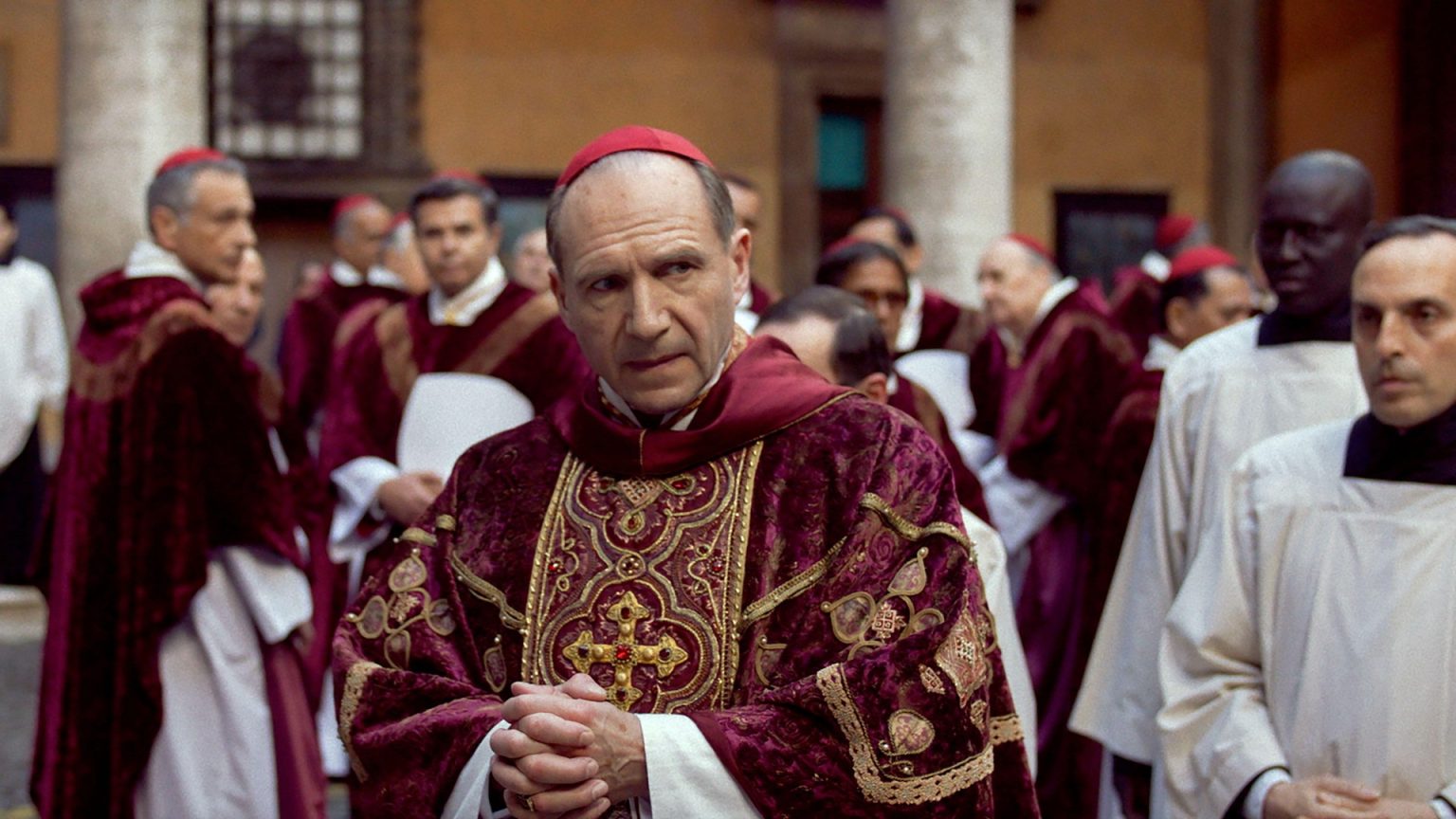The recently acclaimed film Conclave, nominated for eight Oscars including Best Actor for Ralph Fiennes, dramatizes the clandestine world of papal elections, replete with ambition, suspense, and even hints of espionage. However, the reality of Vatican intrigue far surpasses any fictional portrayal. A new book, Vatican Spies by Yvonnick Denoel, unveils a centuries-long history of clandestine operations, involving figures from Queen Elizabeth I to the KGB and CIA, encompassing financial scandals, murders, and a network of “James Bonds in cassocks.” This hidden world first came to light following a double murder within the Vatican, prompting revelations about a “state within a state” dedicated to destabilizing communist regimes.
The Vatican’s secret service, operating under various names throughout history, falls under the purview of the Secretariat of the State. This governing body, housed within the Apostolic Palace, oversees various branches, including the iconic Swiss Guards and the Vatican police force, the Vigilanza. Within the Vigilanza, comprised largely of former Italian law enforcement and intelligence personnel, are specialized units conducting surveillance, including phone tapping, mail interception, and physical tailing. These units, numbering around 120 officers, are tasked with ensuring the Pope’s safety, a critical responsibility given past assassination attempts.
The genesis of this secretive apparatus can be traced back to the 16th century and the conflict between the Catholic Church and Protestant England under Queen Elizabeth I. Pope Pius IV appointed a spymaster, Antonio Ghislieri, later to become Pope Pius V, to establish an intelligence network to combat the Church’s adversaries. This marked the formalization of the Vatican’s espionage activities. In the 19th century, facing widespread revolutions, the Papacy revitalized its intelligence efforts, culminating in the establishment of the Sapiniere in 1903 under Pope Pius X. This network focused on recruitment, surveillance, and the suppression of threats to the Church’s conservative ideology.
However, the Vatican was not only engaged in espionage but also became a target. World War I exposed a Vatican aide as a German agent, while Mussolini’s regime bugged Vatican phones and infiltrated its communications. The Vatican, in a controversial move, collaborated with Mussolini to establish networks aimed at infiltrating the Soviet Union. The fight against communism became the Church’s primary objective, leading to alliances with Western intelligence agencies like the CIA and MI6. The Church, with its global network of priests, provided valuable on-the-ground intelligence from within the Soviet Union, a region largely impenetrable by traditional Western espionage methods.
The Cold War further solidified the Vatican’s role in the intelligence world. In 1930, Eugenio Pacelli, the future Pope Pius XII, established the Russicum, an initiative designed to counter Soviet oppression. This program took a dramatic turn after World War II, involving the training of priests in combat skills, including parachuting, for clandestine missions into Ukraine, facilitated by the CIA and MI6. These priest-agents were equipped with false identities and tasked with gathering intelligence within the Soviet sphere of influence. The Russicum, described by French intelligence as a “true ‘action division’,” facilitated Western infiltration of the Eastern Bloc.
The Vatican’s involvement in espionage reached its zenith during the papacy of John Paul II, the first non-Italian pope in 450 years. With a staunch anti-communist stance, John Paul II bolstered the Vigilanza, creating a specialized unit for covert operations. His confrontational approach towards the Polish regime transformed the Vatican into a hotbed of espionage activity. This era was marked by a confluence of intrigue, including the mysterious 1998 murder of the Swiss Guard commander and his wife, along with a young guard, raising suspicions of a cover-up involving East German espionage and the influential Opus Dei sect. A whistleblower alleged the existence of a global network of Vatican-controlled intelligence cells, composed of priests and operatives trained in clandestine techniques, highlighting the enduring legacy of the Vatican’s secret service. The Vatican’s clandestine activities, spanning centuries and intertwining with major historical events, remain shrouded in secrecy, a testament to the enduring power and influence of the Holy See.











